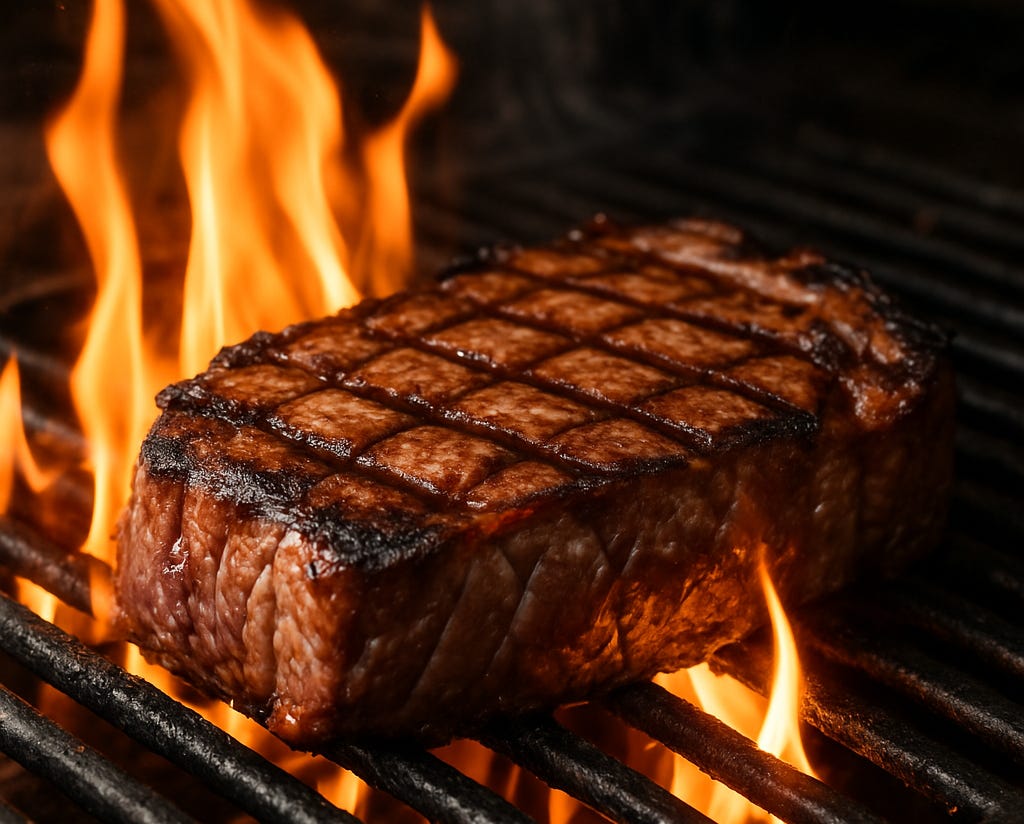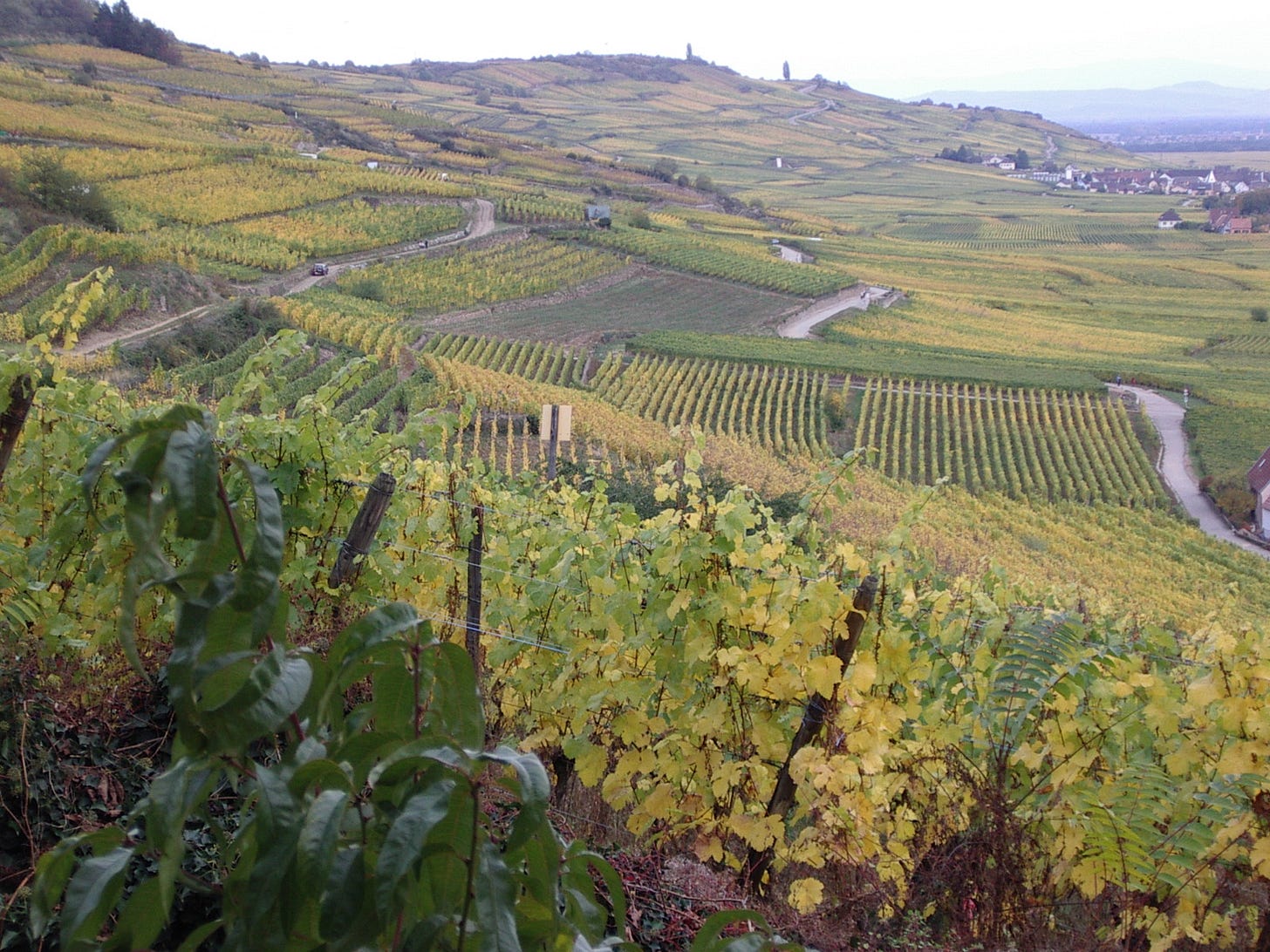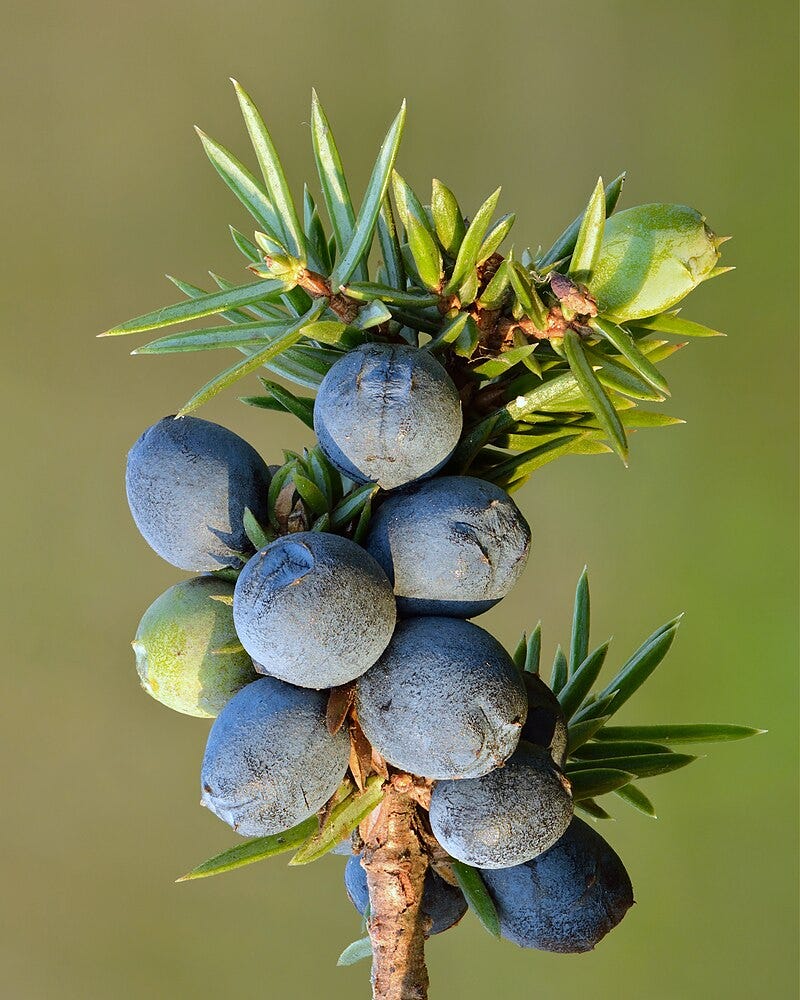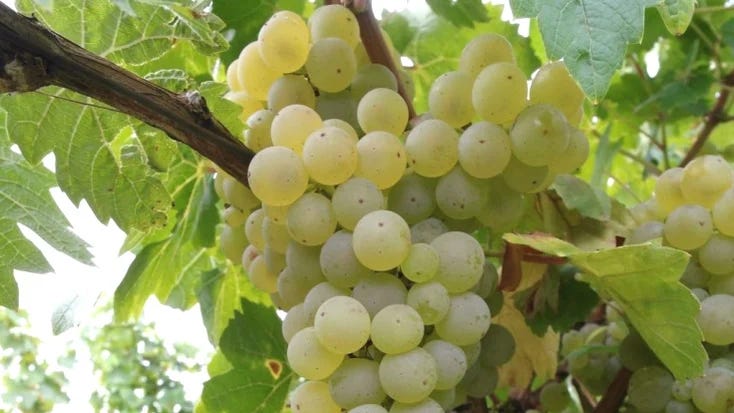
by lspeed | Jul 27, 2025 | BLACK BOX: RANTS, RAVES, REVIEWS & RECIPES
Right up front – none of these reviews were written about us, but we collected them because they’re too odd not to share. We also use them for training purposes of our service team. So here, for your amusement and maybe disbelief, are 20 of the weirdest steakhouse reviews we have found over time.
1. “Too much meat.”
“Everything was meat. Where were the salads? I left feeling like a caveman.”
Salads are great, but this is a steakhouse, not a spa café.
2. “They refused to cook it well-done twice.”
“Sent it back to be more well-done. Chef refused. It’s my steak. I should decide.”
At some point, it’s not steak—it’s charcoal.
3. “Too smoky. Smelled like steak.”
“Place smelled like grilled meat. Clothes reeked after. Not cute.”
We’re assuming this wasn’t meant as a compliment, but we’ll take it.
4. “Too many steak knives on the table.”
“Each person got a big knife. Felt a bit aggressive, like we were gearing up for battle.”
We call it being prepared. It’s a steakhouse, not a salad bar.
5. “The cow probably had feelings.”
“Felt bad eating steak. Cows are emotional beings. Won’t come back.”
We get it—but we’re still a steakhouse.
6. “The steak was pink inside. That’s raw!”
“Ordered medium. It came pink and juicy. That’s raw meat. Disgusting.”
That’s actually how it’s supposed to be. Science agrees.
7. “The menu had too many types of steak. Got stressed.”
“There were like ten different cuts. I got overwhelmed and just ordered a burger. Felt judged.”
We offer variety so you can find your favorite—but no pressure, the burger’s great too.
8. “Too quiet. I could hear people chewing.”
“The vibe was too silent. All I heard was knives and chewing. Gross.”
Bring friends. Or earbuds.
9. “Didn’t do the steak dance like in Brazil.”
“In Brazil they spin knives and do shows. Here, just boring meat service. No entertainment.”
Sounds like someone booked the wrong continent.
10. “The steak tasted like beef.”
“Not a fan. It had a strong beef flavor. Not what I expected.”
…that’s kind of the idea.
11. “Didn’t offer gold flakes on my Wagyu.”
“Wagyu was good but didn’t feel luxury enough. Should’ve had truffle or gold flakes.”
This isn’t a Vegas nightclub.
12. “The steak wasn’t Instagram-worthy.”
“Looked brown and boring. Doesn’t pop in photos. Lost likes. 2 stars.”
We grill for mouths, not timelines.
13. “The steak made me full.”
“It was so rich and heavy I couldn’t finish. Felt overly satisfied. Not ideal.”
You’d be shocked how often this complaint actually shows up.
In Closing
In the world of hospitality, you hear everything, from heartfelt praise to utterly mystifying comments. If you’ve ever worked in hospitality, you will know this list is just the tip of the iceberg. If you’ve got a favorite weird review of your own, send it our way. We’re always collecting … we might even feature it next.
Image Credit: https://churrascophuket.com
_ _ _
© CHURRASCO PHUKET STEAKHOUSE / ALL RIGHTS RESERVED
Reprinting, reposting & sharing allowed, in exchange for a backlink and credits
Churrasco Phuket Steakhouse serves affordable Wagyu and Black Angus steaks and burgers. We are open daily from 12noon to 11pm at Jungceylon Shopping Center in Patong / Phuket.
We are family-friendly and offer free parking and Wi-Fi for guests. See our menus, reserve your table, find our location, and check all guest reviews here:
https://ChurrascoPhuket.com/
#Churrascophuket #jungceylon #phuketsteakhouse #affordablewagyu #wagyu
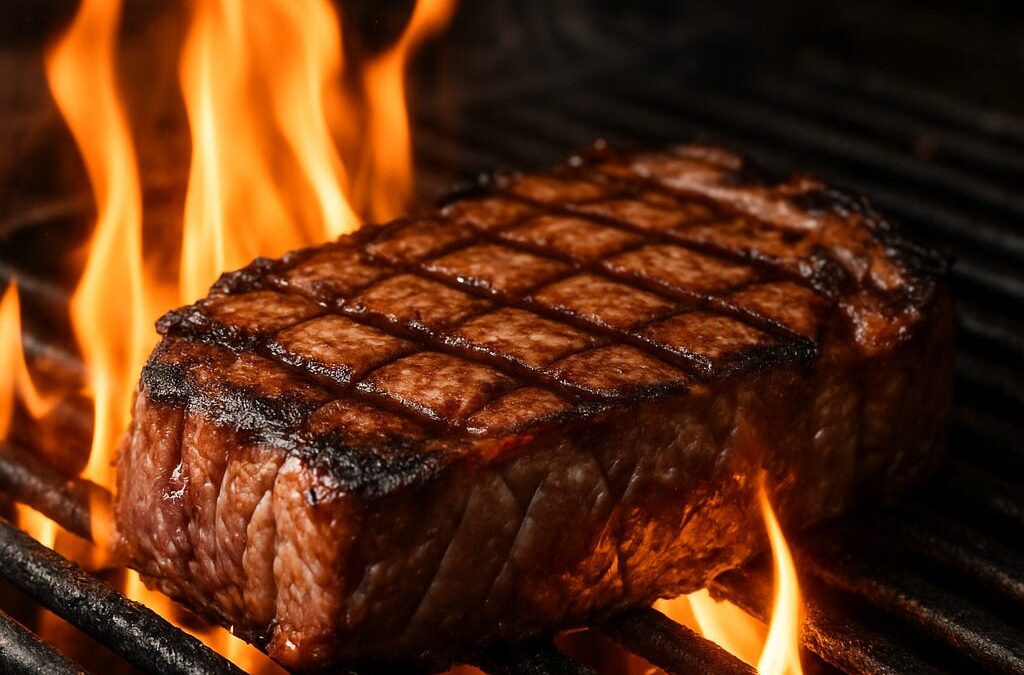
by lspeed | Jul 27, 2025 | KNOWLEDGE: MEAT ESSENTIALS
Why do seared steaks taste so irresistible? It’s thanks to the Maillard reaction, a chemical dance between amino acids and sugars that occurs when food hits high heat. Named after French chemist Louis-Camille Maillard, it creates complex flavor compounds that define the savory depth of cooked foods.
What Is It?
The Maillard Reaction, indispensable when cooking a great steak like ours, begins around 140°C and intensifies up to 165°C. It produces hundreds of different flavor compounds, depending on the type of protein, sugar, cooking time, and temperature. These compounds then break down into even more nuanced aromas and flavors, creating everything from the nuttiness of brown butter to the crusty edge of a baguette. The rich and savory result is often described by chefs using the Japanese term “umami”, a depth that’s neither sweet, sour, bitter, nor salty but satisfying.
For example, consider a burger. The interior remains relatively bland if it’s simply steamed, but toss that patty onto a hot grill, and the exterior quickly develops a brown, crackly crust. That crust isn’t just texture, it’s a chemical medley of grilled, roasted, and meaty notes, only made possible by the Maillard reaction. The same principle applies to countless other foods: roasted meats, pan-seared scallops, toasted marshmallows, baked cookies, even malted barley in beer production.
Maillard vs. Caramelization
It’s easy to confuse the Maillard reaction with caramelization, but they’re fundamentally different processes. Caramelization involves only sugar and typically begins at higher temperatures (around 170°C). Think of the difference between toasted bread (Maillard) and flan’s burnt-sugar topping (caramelization). Both contribute to browning, but the Maillard reaction is more diverse in flavor and more central to savory cooking.
In Modern Cuisine
Understanding the Maillard reaction isn’t just for chemists, it’s crucial knowledge for serious chefs, food scientists, and even coffee roasters and brewers. Modernist cuisine has elevated this awareness further, using tools like Sous Vide circulators and blowtorches to manipulate browning in highly controlled environments.
For example, a sous vide steak cooked at 54°C won’t undergo the Maillard reaction during its water bath, but a quick sear in a hot pan or blast with a torch afterward delivers the flavorful crust. This combination ensures perfect doneness with the added depth of Maillard browning.
Coffee and chocolate industries rely heavily on this reaction during roasting, tuning times and temperatures like a composer shaping a score. A slightly shorter roast can mute desirable compounds; too long, and bitterness or burnt flavors dominate.
When It Goes Too Far
Like many good things in cooking, things can go wrong. Extended browning or excessive heat can turn complex flavor into char and bitterness. And it’s not just about taste—overcooking can also produce potentially harmful compounds like acrylamide, particularly in starchy foods like French fries or potato chips. Moderation and control are key, so is understanding when to coax the reaction to peak performance and when to pull back.
It’s not just about browning—it’s about balance.
Image Credit: https://churrascophuket.com
_ _ _
© CHURRASCO PHUKET STEAKHOUSE / ALL RIGHTS RESERVED
Reprinting, reposting & sharing allowed, in exchange for a backlink and credits
Churrasco Phuket Steakhouse serves affordable Wagyu and Black Angus steaks and burgers. We are open daily from 12noon to 11pm at Jungceylon Shopping Center in Patong / Phuket.
We are family-friendly and offer free parking and Wi-Fi for guests. See our menus, reserve your table, find our location, and check all guest reviews here:
https://ChurrascoPhuket.com/
#Churrascophuket #jungceylon #phuketsteakhouse #affordablewagyu #wagyu
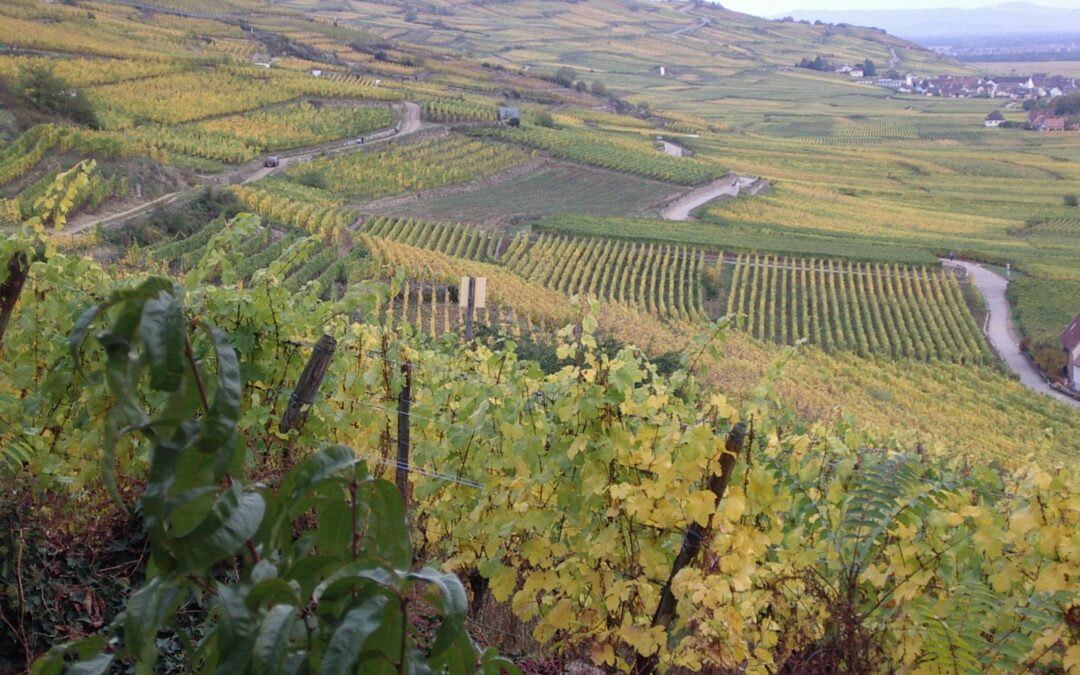
by lspeed | Jul 27, 2025 | WINES: UNCORKING THE MYSTERY
Tucked between the Vosges Mountains and the German border, Alsace is one of France’s distinctive yet underappreciated wine regions. Its wines are shaped by centuries of cultural tug-of-war and a unique geological patchwork, and offer some some of Europe’s more expressive whites. From dry Rieslings to opulent Gewürztraminers, Alsace is a white wine lover’s destination. Witha few reds and sparkling surprises thrown in.
Turbulent History
Alsace’s winemaking history dates back to Roman times, but its modern identity has been shaped by a long series of bloody French-German conflicts. The region changed hands five times between 1871 and 1945, and you can taste that dual heritage in the wines. Think French precision meets German grape varieties.
Unlike most French wine regions, Alsace labels its bottles by grape variety, a practice more common in Germany or the New World. The Germanic influence also explains the prevalence of Riesling, Gewürztraminer, and Sylvaner, though the wines are typically drier than their German counterparts. Alsace’s location on the eastern slopes of the Vosges shelters the vineyards from rain, making it one of France’s driest regions, and ideal for ripe, concentrated wines.
Grape Varieties
Alsace is overwhelmingly a white wine region. Its noble grapes (Riesling, Gewürztraminer, Pinot Gris, and Muscat) form the backbone of both still wines and prestigious Grand Cru bottlings. Here’s a quick breakdown of key varieties:
-
Riesling: Dry, mineral-driven, and built for aging.
-
Gewürztraminer: Spicy, floral, and exotic.
-
Pinot Gris: Richer than its Italian cousin, often off-dry.
-
Muscat: Fragrant and dry, making it a great aperitif.
-
Pinot Blanc: Fresh, light-bodied, used in Crémant d’Alsace sparkling wines.
-
Sylvaner: Less common, but capable of crisp whites when grown on good terroir.
-
Pinot Noir: The only permitted red grape, producing light, cherry-scented reds.
As mentioned, Alsace produces Crémant d’Alsace, a sparkling wine made in the traditional method, which accounts for more than 20% of regional production.
Characteristic Terroir
What sets Alsace apart is its mosaic of soils. Granite, limestone, clay, schist, and volcanic sediments all exist in close proximity, giving producers endless options for matching grape to ground. The region’s long growing season allows for slow ripening, leading to powerful aromatics and high natural acidity. Most wines are made dry, though late-harvest styles like Vendanges Tardives (VT) and Sélection de Grains Nobles (SGN) offer luscious, dessert-worthy richness.
Top Producers
While Alsace is dotted with small family domaines, several producers have earned international recognition for their consistency and character:
-
Domaine Zind-Humbrecht – Biodynamic pioneer with powerful, age-worthy wines.
-
Trimbach – Known for dry, precise Rieslings like the iconic Clos Ste. Hune.
-
Domaine Weinbach – Elegant, perfumed wines from the Clos des Capucins estate.
-
Hugel & Fils – One of the oldest and most widely distributed Alsace producers.
-
Albert Boxler – Artisan wines from the village of Niedermorschwihr.
-
Marcel Deiss – Advocates of terroir-based non-interventionist practices.
-
Dirler-Cadé – Biodynamic wines with a light touch.
-
Ostertag – Known expressive whites, and gentle oak use.
Fun Facts
-
Bottle Shape: Alsace wines come in tall, slender flûte d’Alsace bottles by law.
-
Grand Crus: There are 51 officially recognized Grand Cru vineyard sites, though some producers opt out of the system to maintain stylistic independence.
-
Food Pairings: Alsace wines are food-friendly. Try Gewürztraminer with Thai curry, Riesling with pork belly, or Pinot Gris with Foie Gras.
-
Organic Leadership: A higher percentage of Alsace vineyards are organic or biodynamic than in most French regions.
-
Wine Route: The Route des Vins d’Alsace, one of France’s oldest wine trails, winds through 170 km of vineyards, villages, and medieval castles.
Image Credit: https://wikipedia.org
_ _ _
© CHURRASCO PHUKET STEAKHOUSE / ALL RIGHTS RESERVED
Reprinting, reposting & sharing allowed, in exchange for a backlink and credits
Churrasco Phuket Steakhouse serves affordable Wagyu and Black Angus steaks and burgers. We are open daily from 12noon to 11pm at Jungceylon Shopping Center in Patong / Phuket.
We are family-friendly and offer free parking and Wi-Fi for guests. See our menus, reserve your table, find our location, and check all guest reviews here:
https://ChurrascoPhuket.com/
#Churrascophuket #jungceylon #phuketsteakhouse #affordablewagyu #wagyu
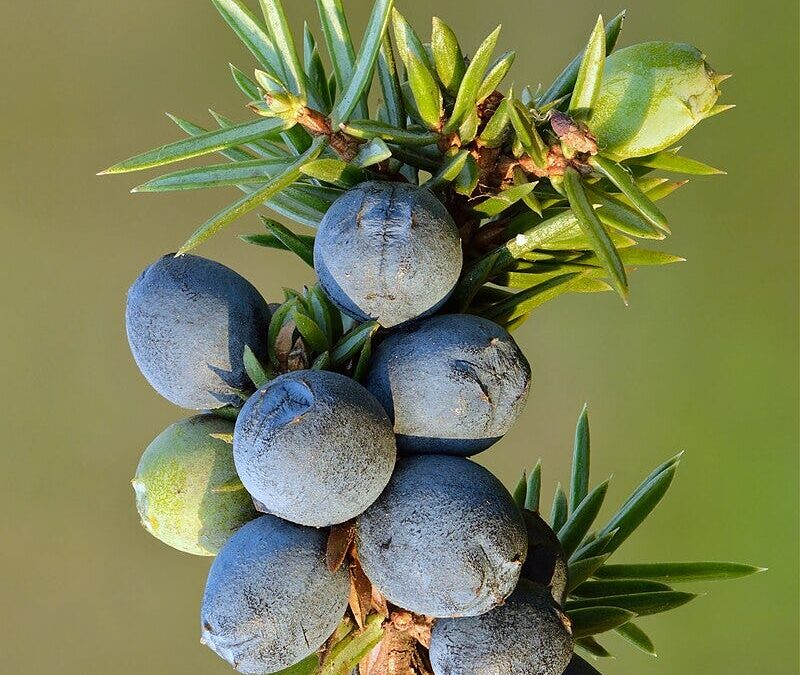
by lspeed | Jul 27, 2025 | LIQUORS: LIFT YOUR SPIRITS
Gin is the most permissive of the major spirits. As long as juniper is present, nearly any botanical, herb, or aromatic is fair game. This encouraged experimentation across the globe, from fine dining chefs to rural distillers, each interpreting gin through the lens of their local flora or their at times excentric imagination. What once meant citrus and coriander now includes everything from ants and caviar to durian and yerba mate. Here’s a tour of ten gins that challenge conventions and expand the idea of what gin can be. Some are provocative, most genuinely surprise, but all are real:
1. Phở Gin – Peter Cuong Franklin, Vietnam
Chef Peter Cuong Franklin, best known for Anan Saigon, collaborated with Lady Trieu Gin to produce a spirit inspired by pho, Vietnam’s national dish. The gin uses traditional pho aromatics such as star anise, cinnamon, coriander seed, cardamom, lime leaf, and galangal. While no animal products are included, the effect is eerily reminiscent of a pho broth’s spice-laden steam. It’s a culinary translation rather than a gimmick, and the gin is used in cocktails designed to echo Vietnamese flavor profiles. The idea works because the core spices already share common ground with traditional gin botanicals.
Website: https://www.ladytrieugin.com
2. Ant Gin – Cambridge Distillery, UK
Perhaps the most eyebrow-raising gin on the list, Cambridge Distillery’s Ant Gin contains actual red wood ants. These aren’t tossed in for shock value—they’re distilled to extract formic acid, which adds a sharp, citrus-like acidity. The ants function much like a botanical, delivering a dry, tangy finish that balances out other aromatics like lemongrass and juniper. While it’s not something you’ll see in high-volume bars, it has been used in molecular gastronomy settings and curated cocktail lists.
Website: https://www.cambridgedistillery.co.uk
3. Seaweed & Caviar Gin – Portofino Dry Gin, Italy
This limited-edition gin from Italy’s Ligurian coast includes seaweed and sturgeon caviar in its botanical mix. It’s not a seafood-flavored spirit, but it does carry a mineral-rich, saline edge, designed to evoke the maritime environment around Portofino. The caviar is vacuum distilled to prevent oxidation, while the seaweed adds umami without overwhelming the gin’s herbal backbone. It’s a rare example of a gin that leans into luxury ingredients without resorting to excessive flavoring.
Website: https://portofinogin.com
4. Blue Pea Flower & Durian Gin – Singapore Distillery, Singapore
This gin combines two highly distinctive ingredients: butterfly pea flower, which gives the gin a vibrant blue hue that turns purple with acid, and durian, the infamously pungent Southeast Asian fruit. The durian is distilled, not infused, toning down its harshest notes while retaining its funky character. It’s an acquired taste, but one that makes sense in the Southeast Asian context. The color change adds visual drama, while the durian flavor appeals to regional palates more than global ones.
Website: https://singaporedistillery.com
5. Monkey 47 Distiller’s Cut – Germany
Each year, Germany’s Monkey 47 releases a limited Distiller’s Cut featuring an unusual or rare botanical added to their already complex 47-botanical base. Highlights include wood ants (2018), purple shamrock (2020), and scarlet monarda (2022). These annual experiments reflect serious botanical research. The wood ant edition mirrors the approach of Cambridge’s Ant Gin, delivering natural acidity via insect-derived formic acid. These bottles are collectible, and the profiles change dramatically each year.
Website: https://www.monkey47.com
6. Peddlers Salted Plum Gin – China
Shanghai-based Peddlers Gin Co. released this limited edition inspired by suanmei (酸梅), or salted preserved plum—a traditional Chinese snack and herbal drink ingredient. The gin includes salted plums, goji berries, orange peel, and Peddlers’ base blend of Chinese botanicals. It’s sweet-sour and herbal, landing somewhere between aperitif and traditional gin. The flavor is culturally specific, and it’s positioned more as a local expression than a crowd-pleasing export.
Website: https://peddlersgin.com
7. Principe de los Apóstoles Mate Gin – Argentina
Crafted by bartender Tato Giovannoni, this Argentine gin puts yerba mate—a bitter herbal tea central to Argentine culture—at its center. Other botanicals include pink grapefruit peel, peppermint, eucalyptus, and juniper. This gin is both a cultural tribute and a clever use of a widely consumed but rarely distilled ingredient. The yerba mate gives it a dry, grassy backbone that distinguishes it from sweeter New World gins. It mixes well with tonic but also stands up in herbal cocktails.
Website: https://www.apostolesgin.com
8. Inverroche Amber Gin – South Africa
South Africa’s Inverroche distillery uses fynbos, a biodiverse group of indigenous plants found only in the Cape Floral Kingdom. The Amber Gin uses dried coastal fynbos botanicals that bring earthy, resinous, and lightly smoky characteristics to the gin. The color comes naturally from the botanicals, not additives. The flavor profile veers closer to spiced tea than citrus-forward gin, and it pairs well with orange peel garnishes or rooibos mixers.
Website: https://www.inverroche.com
9. Procera Gin – Kenya
Procera Gin, distilled in Nairobi, is made with juniperus procera, a species of juniper native to sub-Saharan Africa. The base spirit is also made from local sugarcane, and other botanicals include baobab, Swahili coastal herbs, and pink pepper. The result is earthy and spicy, with a distinct savory finish. Bottled in hand-blown glass and corked with East African wood, it’s aimed at the high end of the gin market, but its real value lies in being one of the few truly African terroir gins.
Website: https://www.proceragin.com
10. Bayab African Gin – South Africa
Bayab incorporates baobab fruit, African grains of paradise, and a mix of familiar gin botanicals. The baobab adds citrusy acidity and tartness, while the grains of paradise offer heat and spice. While it’s more accessible than some others on this list, it’s still notable for its clear African identity and use of lesser-known native ingredients. It reflects a trend toward locally rooted gin brands in the southern hemisphere.
Website: https://www.bayabgin.com
This line-up represents a global pivot toward spirits as storytelling tools. Most will not suit every palate, and some are “easier to admire than to drink”. But they are evidence that the gin renaissance isn’t slowing down. If anything, it’s getting weirder.
Image Credit: https://commons.wikimedia.org/w/index.php?curid=110314526
_ _ _
© CHURRASCO PHUKET STEAKHOUSE / ALL RIGHTS RESERVED
Reprinting, reposting & sharing allowed, in exchange for a backlink and credits
Churrasco Phuket Steakhouse serves affordable Wagyu and Black Angus steaks and burgers. We are open daily from 12noon to 11pm at Jungceylon Shopping Center in Patong / Phuket.
We are family-friendly and offer free parking and Wi-Fi for guests. See our menus, reserve your table, find our location, and check all guest reviews here:
https://ChurrascoPhuket.com/
#Churrascophuket #jungceylon #phuketsteakhouse #affordablewagyu #wagyu
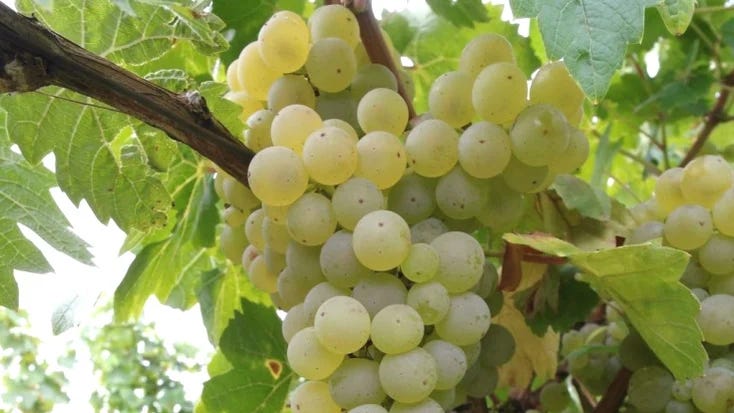
by lspeed | Jul 27, 2025 | DECODING GRAPES: FROM VINES TO VINTAGE
Known as a grape displaying “Aromatic Precision from Germany”, Scheurebe is a white variety developed in Germany in the early 20th century. Though not widely planted, it produces distinctive wines with firm acidity and a broad stylistic range, from dry and citrus-driven to richly sweet. Routinely overlooked in favor of Riesling, Scheurebe has found a quiet following among those interested in expressive, site-sensitive white wines.
Origins and Development
Scheurebe (pronounced shoy-ray-buh) was created in 1916 by Dr. Georg Scheu at the Viticultural Institute in Alzey, Rheinhessen. Originally believed to be a cross between Riesling and Silvaner, later DNA analysis revealed that the second parent was not Silvaner, but a still unidentified wild vine. The goal of the cross was to retain Riesling’s acidity while enhancing aromatic intensity and ensuring earlier ripening.
The result was a variety capable of producing wines with bold aromas – grapefruit, blackcurrant, passionfruit, and spice – paired with Riesling-like structure. Early adoption was modest, and for much of the 20th century, Scheurebe’s reputation was held back by poor vineyard management and an emphasis on sweet, mass-market wines.
Terroirs and Regional Expression
Scheurebe remains primarily planted in Germany, where it occupies a small share of vineyard area. Fewer than 1,500 hectares are planted in total, and its key regions include Rheinhessen, Pfalz, and Nahe.
-
Rheinhessen offers a broad stylistic range, with loess and limestone soils producing both dry and sweet examples.
-
Pfalz, one of Germany’s warmer wine regions, yields fuller-bodied Scheurebe with fruit notes.
-
Nahe, with cooler microclimates and volcanic soils, tends to produce wines with sharper acidity and citrus-driven aromatics.
For all regions, ripeness management is crucial. Scheurebe requires enough heat to avoid green, herbal tones, but quickly tips into overripe territory if not handled skilfully.
International Plantings
Outside Germany, Scheurebe remains rare. Austria grows small amounts, particularly in Burgenland, often used for sweet wines. There are also minor experimental plantings in Switzerland, California, and New Zealand, though none have gained significant traction. The variety’s strong aromatic profile makes it technically interesting, but it has yet to establish a clear identity outside German-speaking regions.
Styles and Structure
Scheurebe performs well across a range of styles. Dry examples are firm and food-friendly, often compared to Sauvignon Blanc for their sharp fruit and herbal notes. At the other end of the spectrum, Scheurebe can be used in late-harvest or botrytized wines, where its high natural acidity balances concentrated sweetness. Sheurebe has shown to be capable of producing serious, age-worthy wines. In the right hands and the right site, it offers clarity, tension, and character. Worth a try, if you can find it.
Image Credit: https://www.wine-searcher.com
_ _ _
© CHURRASCO PHUKET STEAKHOUSE / ALL RIGHTS RESERVED
Reprinting, reposting & sharing allowed, in exchange for a backlink and credits
Churrasco Phuket Steakhouse serves affordable Wagyu and Black Angus steaks and burgers. We are open daily from 12noon to 11pm at Jungceylon Shopping Center in Patong / Phuket.
We are family-friendly and offer free parking and Wi-Fi for guests. See our menus, reserve your table, find our location, and check all guest reviews here:
#Churrascophuket #jungceylon #phuketsteakhouse #affordablewagyu #wagyu




